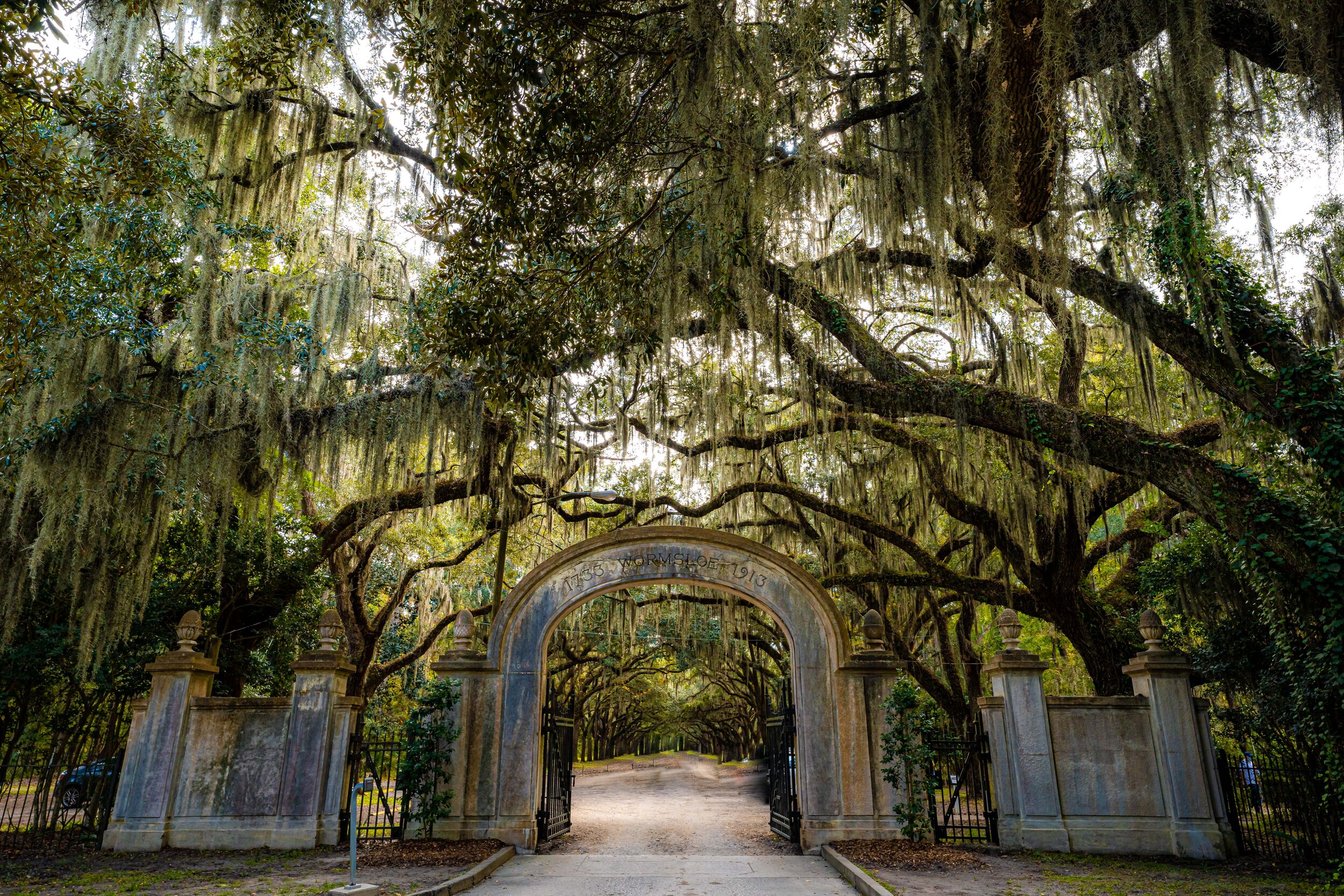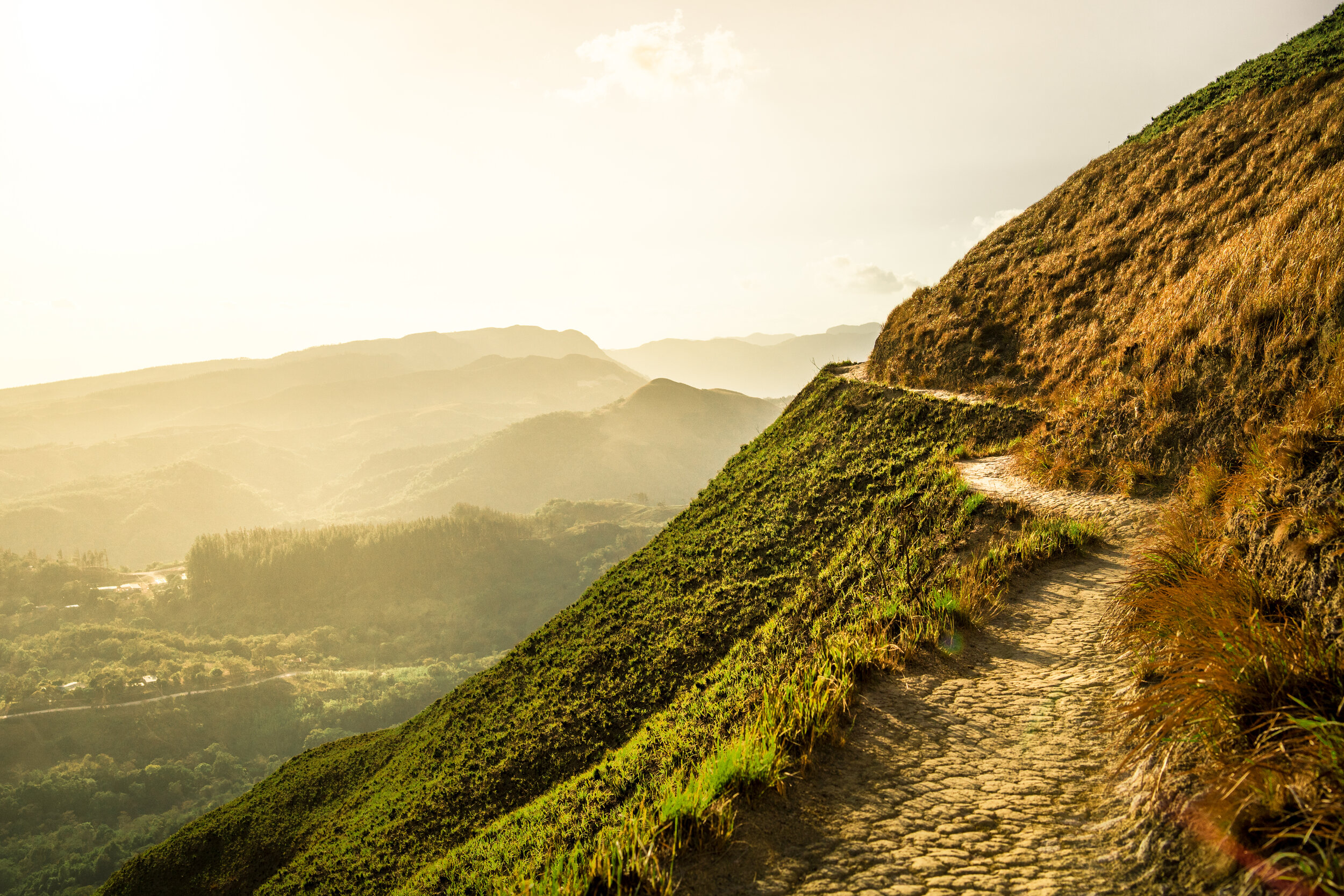Isla Coiba Snorkeling Tour - Santa Catalina, Panama
by Rebecca Hollman
updated May 12, 2019
Santa Catalina, Panama
Santa Catalina is a small surf town on the Pacific side of Panama. It is a pretty remote town, with not many facilities. But what it lacks in terms of conveniences, it makes up in vibes and surf. It is also the jumping off point for the iconic Isla Coiba and the Coiba National Marine Park. The diving and snorkeling here is not to be missed.
Table of Contents
Learn More About the Natural History:
Located approximately 30 miles off the Panamanian cost, Coiba Island is remote and relatively undeveloped with over 80% of its natural habitat intact. It is the largest island in the Coiba National Marine Park and is over 50,000 hectares in size. The jungles of Coiba are home to howler monkeys, scarlet macaws, and crested eagles. Because of its isolation and location, it has been noted for its growing number of endemic species. Coiba is a refuge for Crested Eagles and Scarlet Macaws, birds who have virtually disappeared from the rest of the Republic of Panama. Coiba also offers 20 endemic birds species including the Coiba spinetail. Besides its amazing amount of wildlife on the island, Coiba is mostly known for its marine wildlife. These include four types of sea turtles - leatherback, hawksbill, olive and loggerhead, humpback whales, pilot whales, killer whales, dolphins, reef sharks, and manta rays. During the right season whale sharks can also be seen around Coiba. Coiba offers 760 species of fish, 23 species of whales and dolphins, and 33 species of sharks! This is truly one of the most unique diving spots in the world!
Coiba has some unique endemic species because it separated from the mainland of Panama over 12,000 years ago. The once similar animals to their mainland counterparts became separated and over the course of time slowly evolved to become their own unique species. These include the Coiba Island howler monkey, the Coiba agouti and the Coiba spinetail.
Learn More About the National Park:
In 1919, there was a prison built on Isla Coiba. This prison was known for it’s extreme brutality and brutal conditions. Because of this, locals avoided the island and the island remained completely uninhibited except for the prison. The prison closed in 2004 and in 2005 the whole area was designated a “World Heritage Site.” Now the park contains over 1,000 square miles of islands, open ocean and coral reefs. The park includes Coiba island, 38 smaller islands off the southwest coast of Panama, and the surrounding marine areas within the Gulf of Chiriquí providing protection for coral reefs, humpback whales, pilot whales, killer whales, dolphins, sea turtles, manta rays, marlins and other marine creatures. The chain of islands creates a buffer zone from the effects of El Niño and so this creates a high degree of marine biodiversity. It also has a high degree of biodiversity because it contains characteristics of both continental and oceanic influence, so both marine coastal ecosystems and terrestrial island ecosystems. This is because the island chains are close to both the edge of a continental platform and to the mainland. This produces a high level of endemism. This area also is a key link to the Tropical Eastern Pacific for migratory fish and marine mammal species.
Learn More About Snorkeling Here:
One of the best places in the world to see whale sharks and also just epic marine life in general is Isla Coiba. The easiest way to visit the islands of the Coiba National Marine Park is to take a full day snorkeling tour. This tour takes you to three of the best snorkeling spots in the park and also brings you to the beach of Isla Granita de Oro and the beach outside the ranger station on Isla Coiba. This is a great way to experience Coiba’s 760 species of fish, 23 species of whales and dolphins, and 33 species of sharks, especially if you are short for time or do not have your diving certification. The snorkeling spots still allow you to see many species of fish and sharks, although diving would definitely give you a closer hand look at these incredible species. We easily saw multiple species of sharks, sea turtles and huge schools of fish on the snorkeling locations. Tons of companies in Santa Catalina offer full day snorkeling tours that roughly all follow the same itinerary. Since you will just be snorkeling, most all of the companies in town will do the job. The tour takes a full day, starting at the crack of dawn and taking an hour and a half boat ride out to the islands. You will stop at three different snorkeling locations and two beaches before heading the hour and a half back to Santa Catalina.





















































